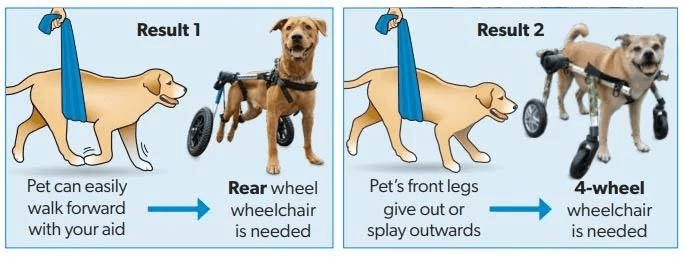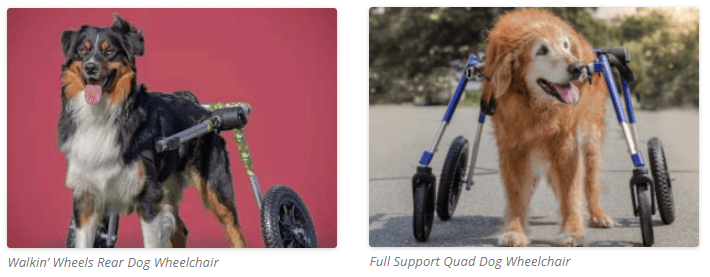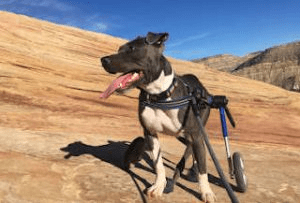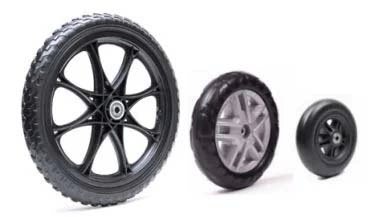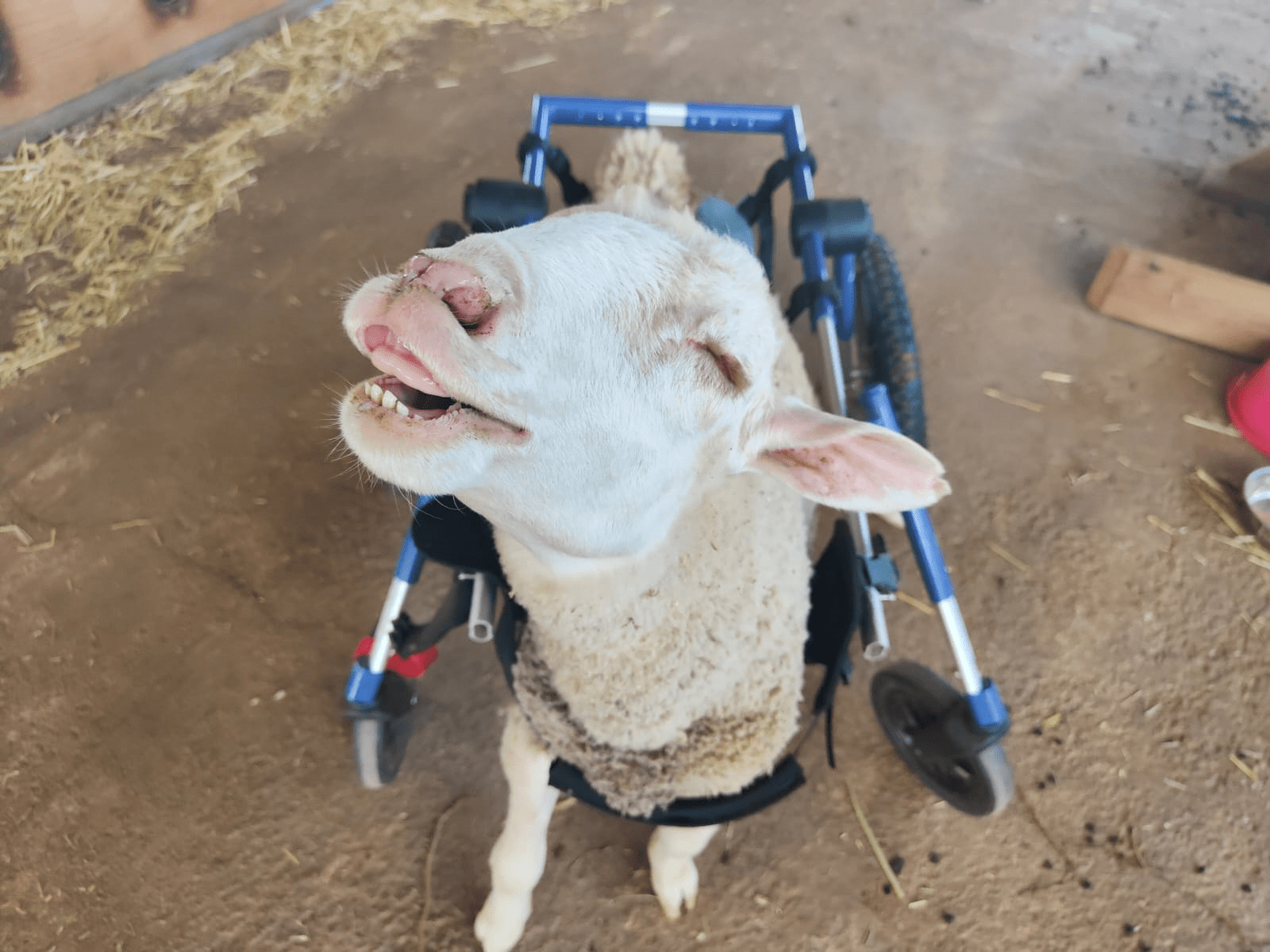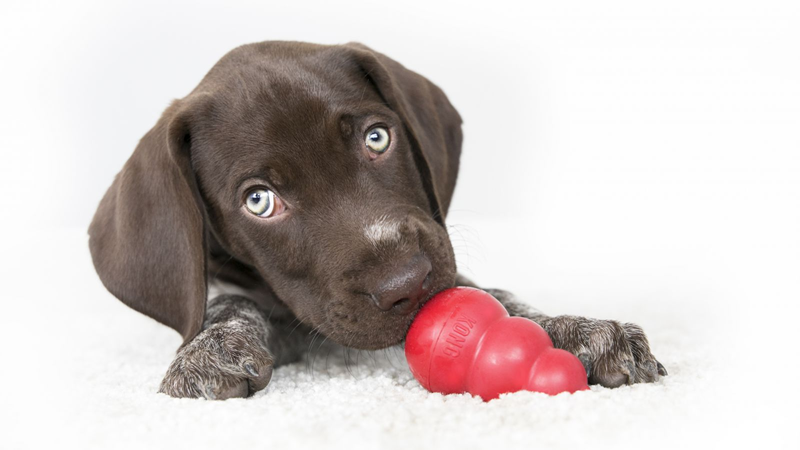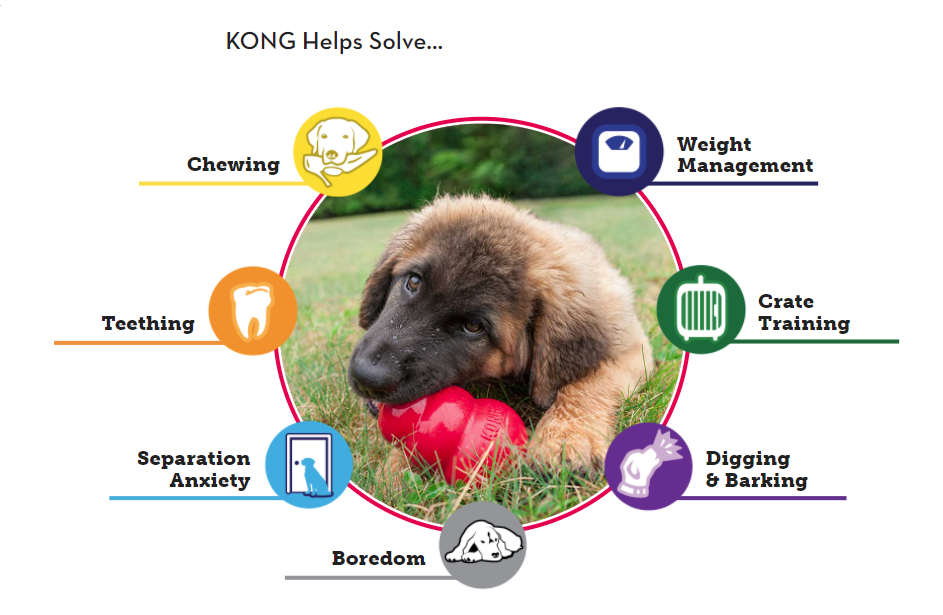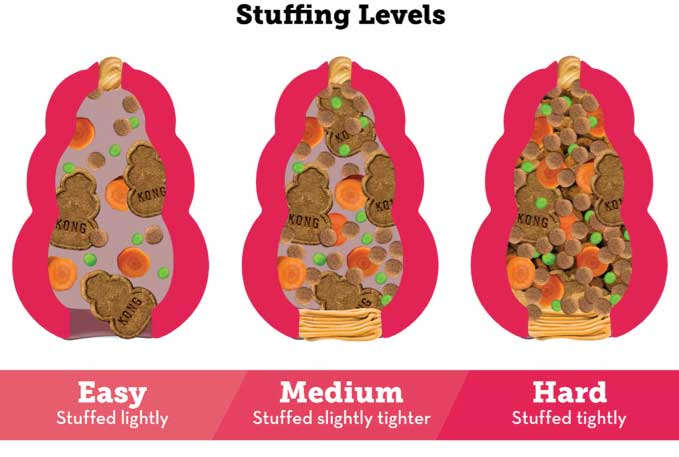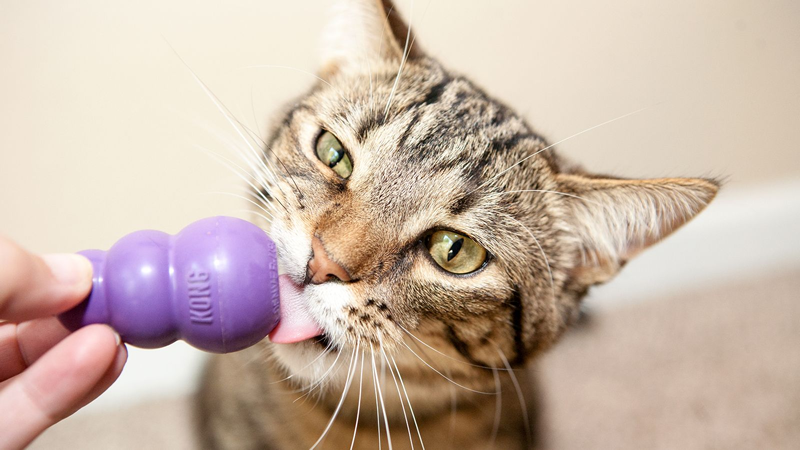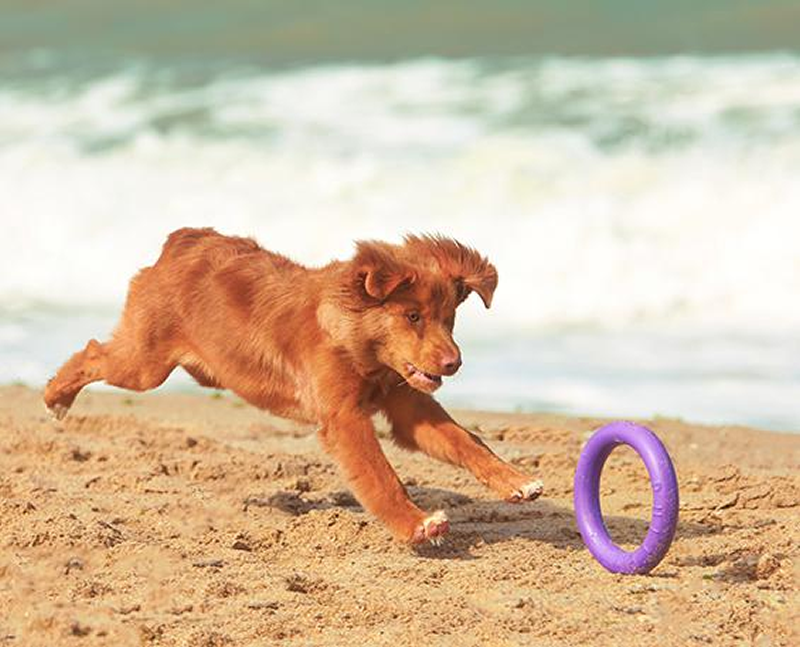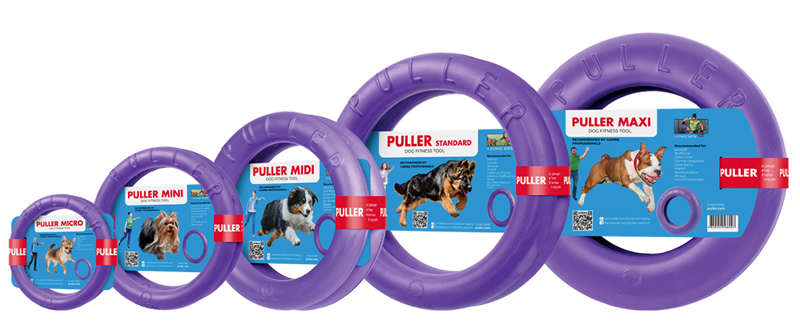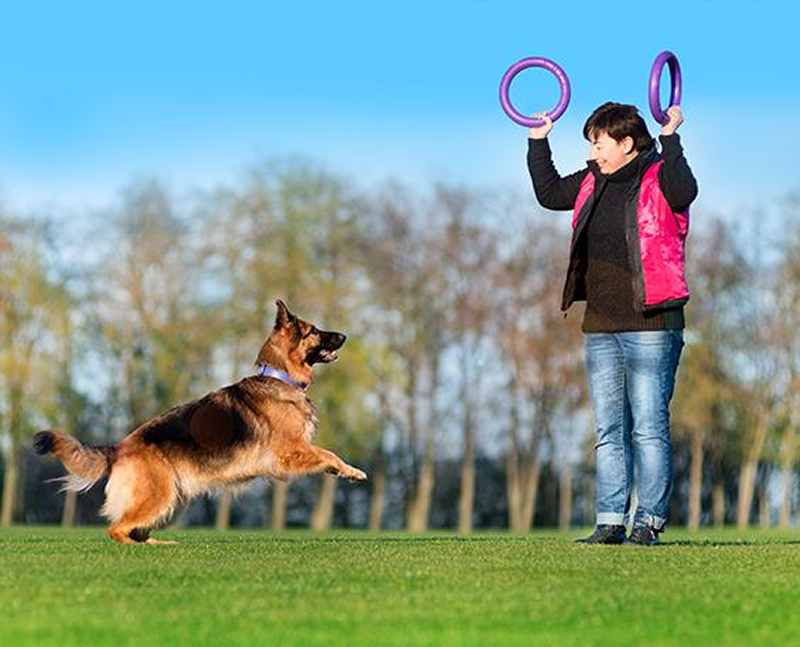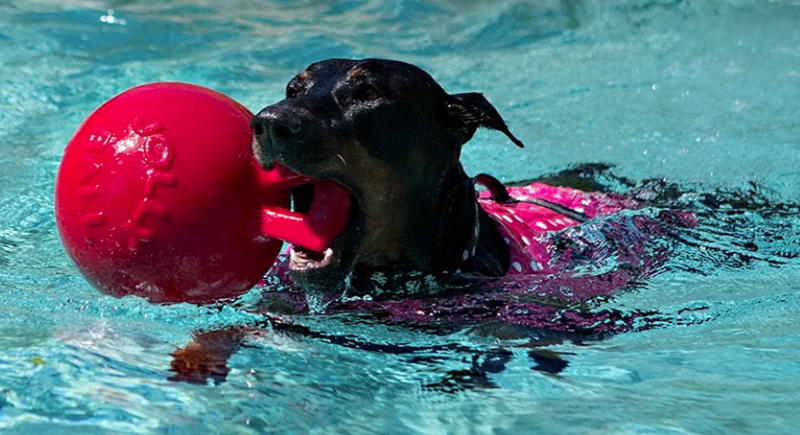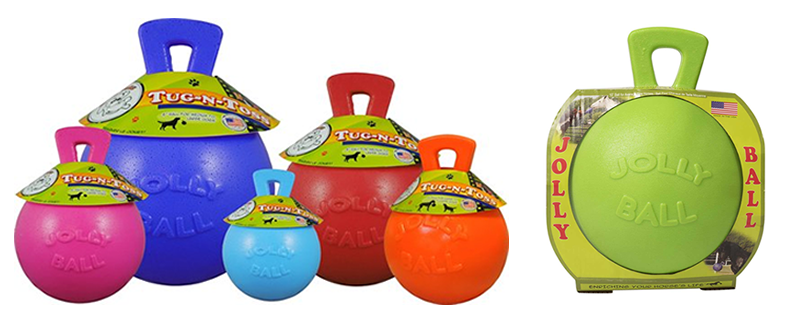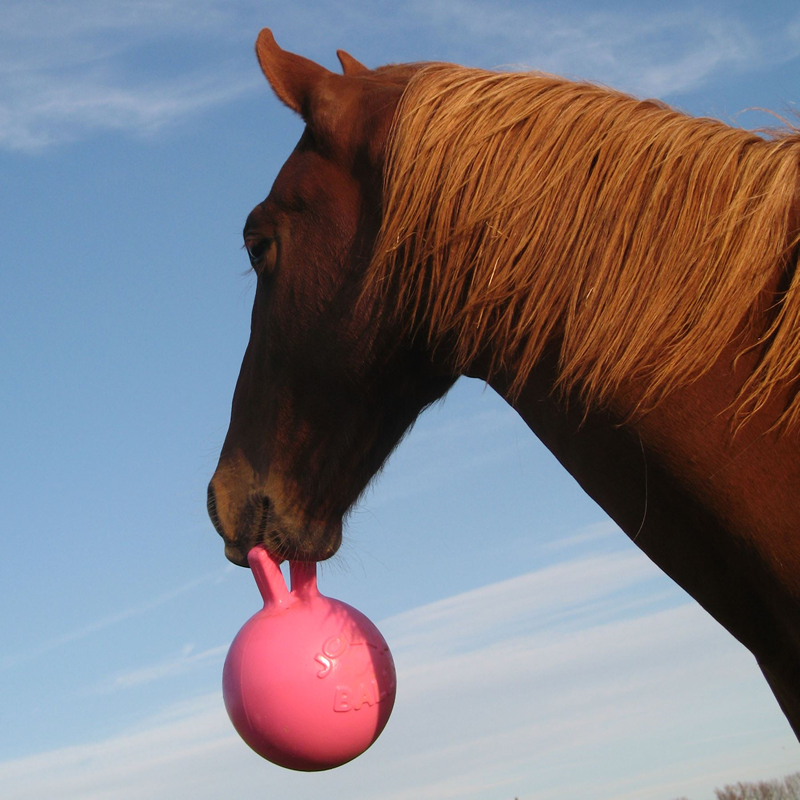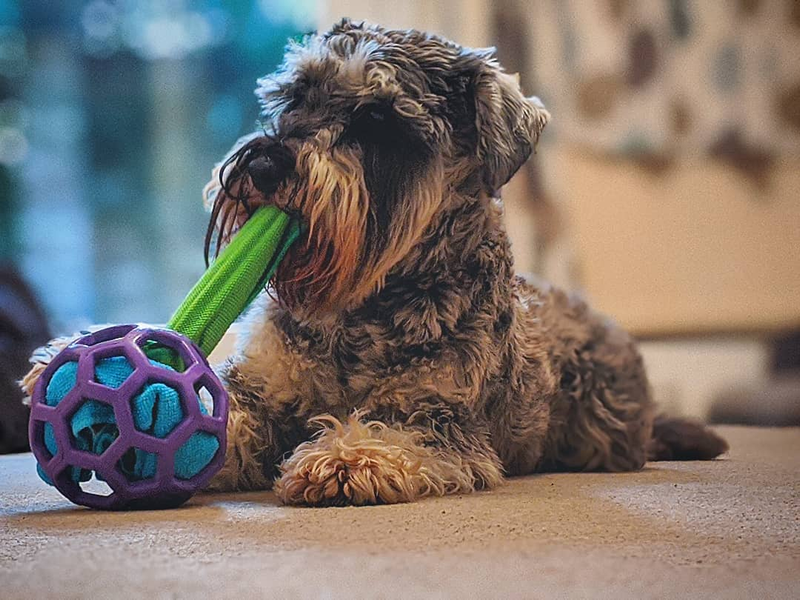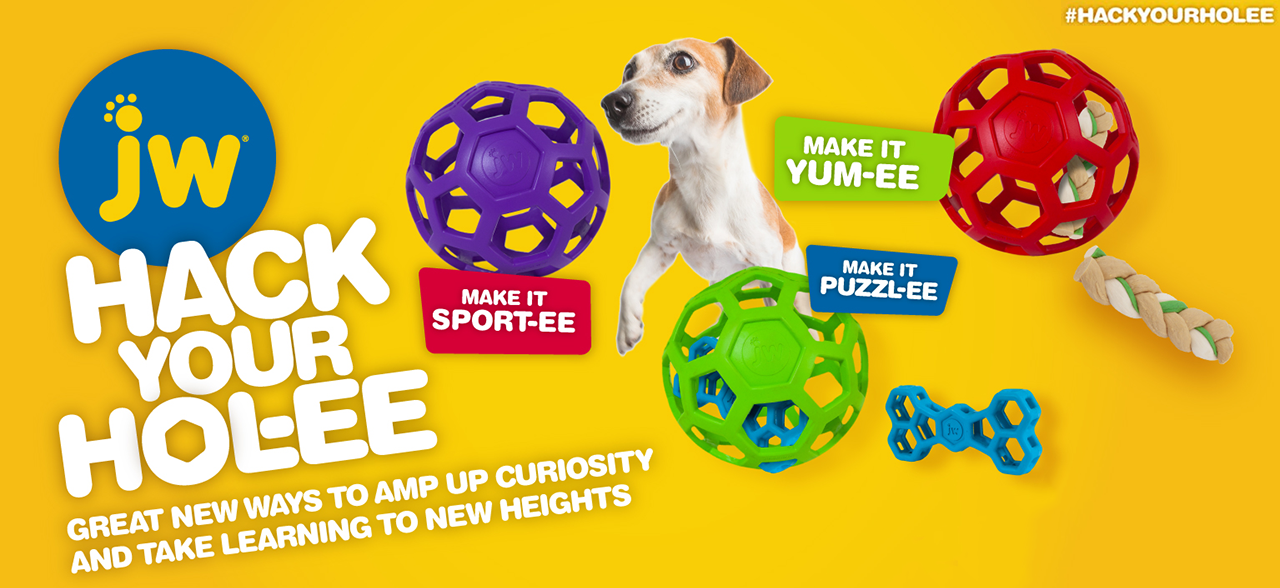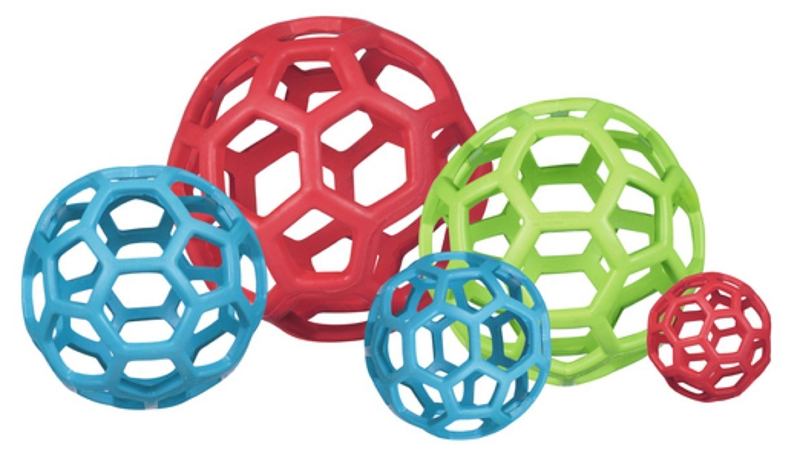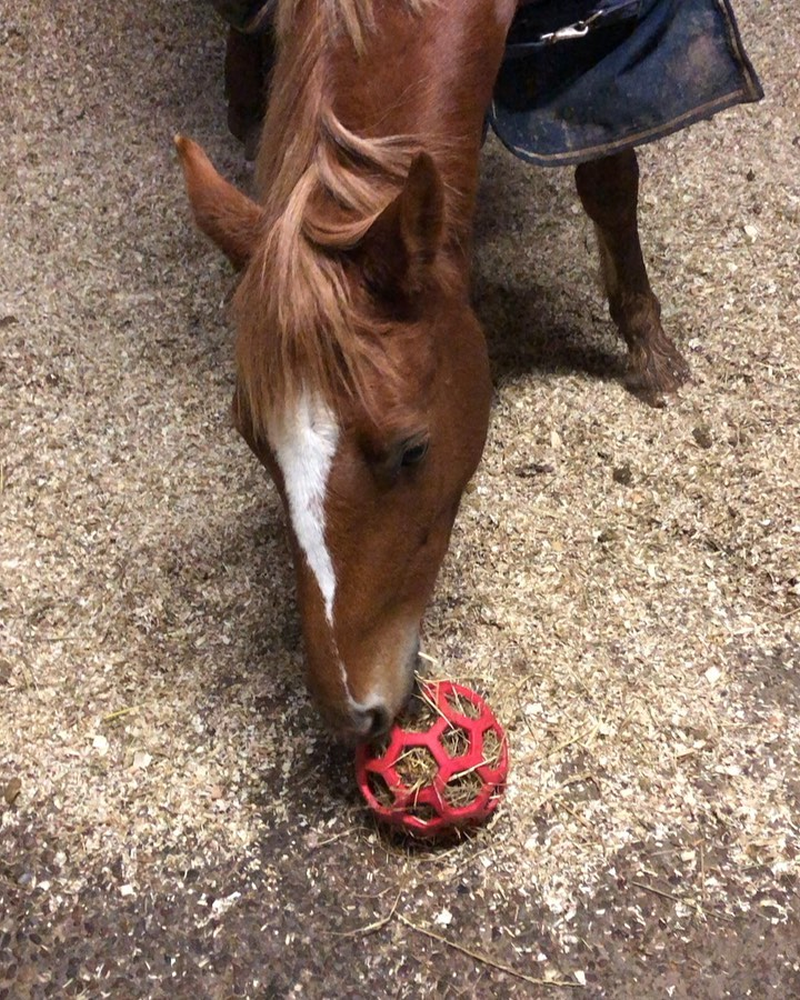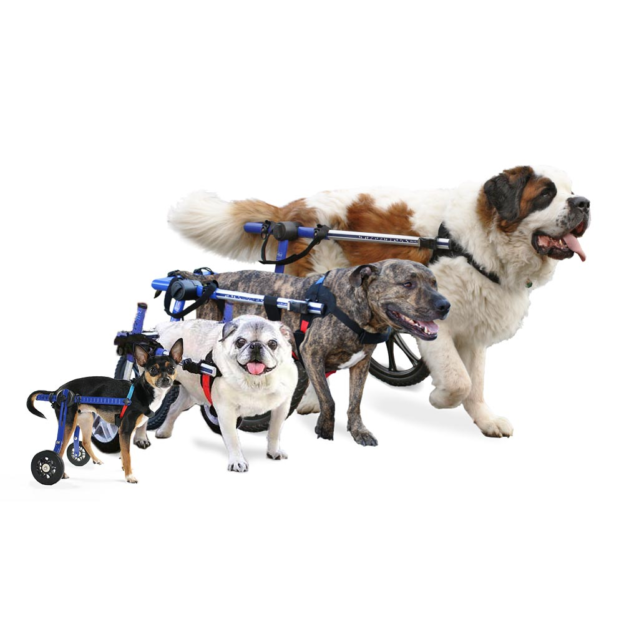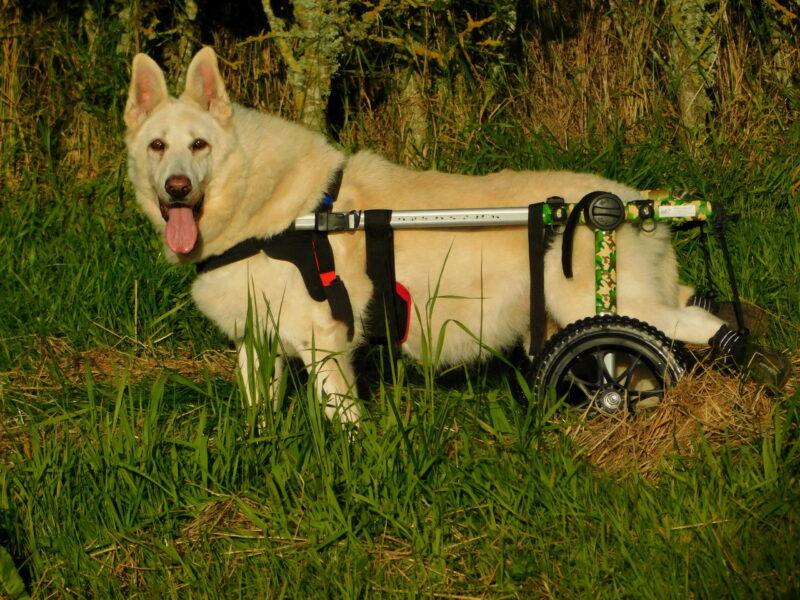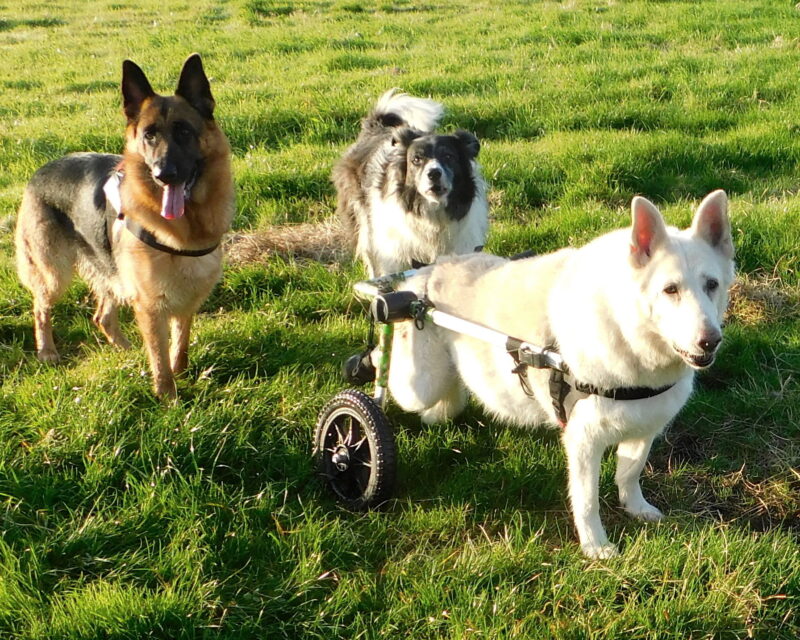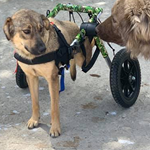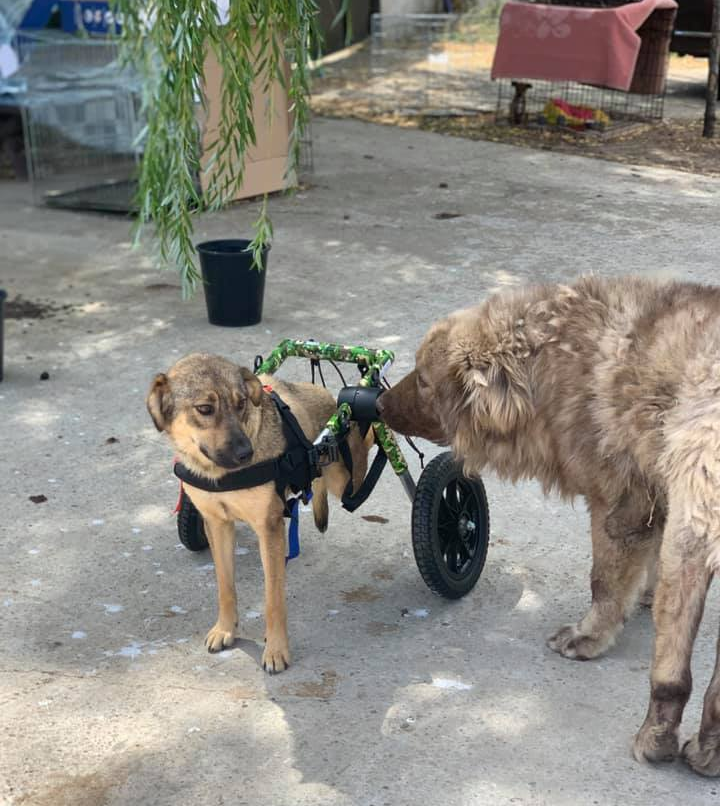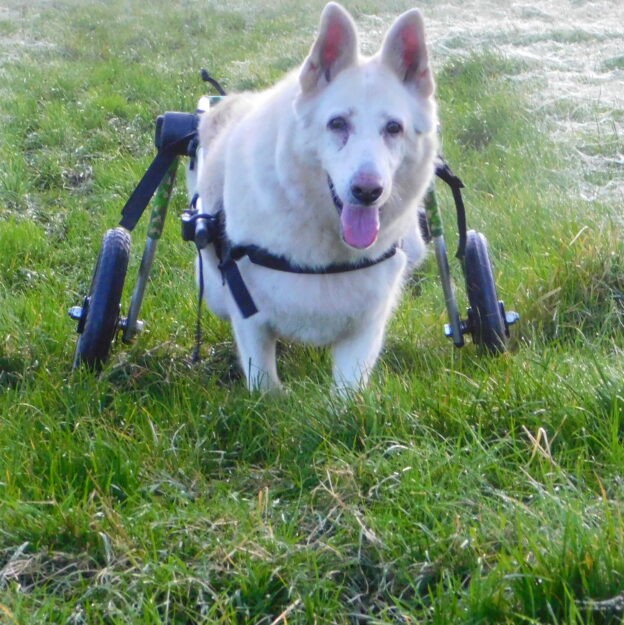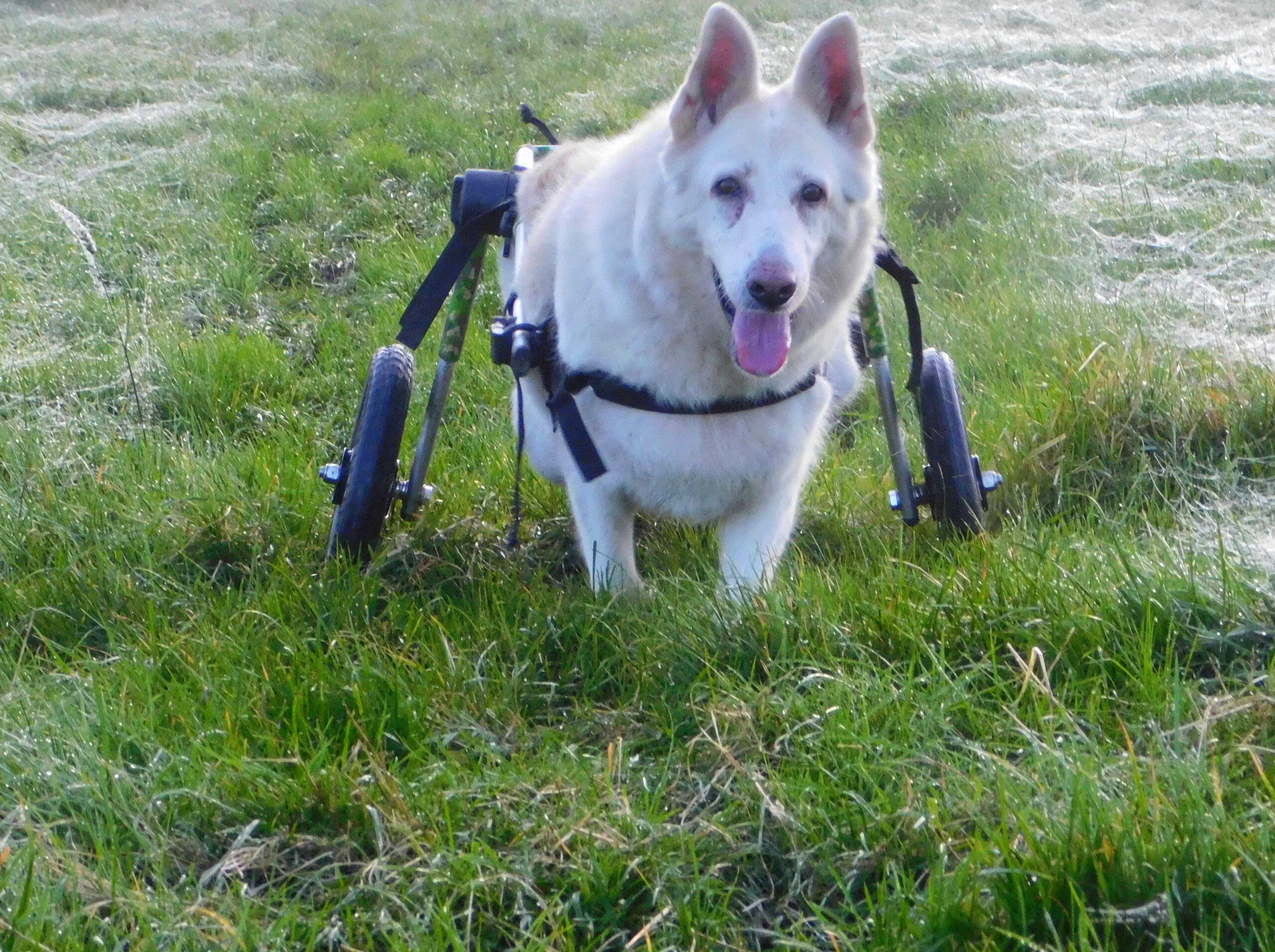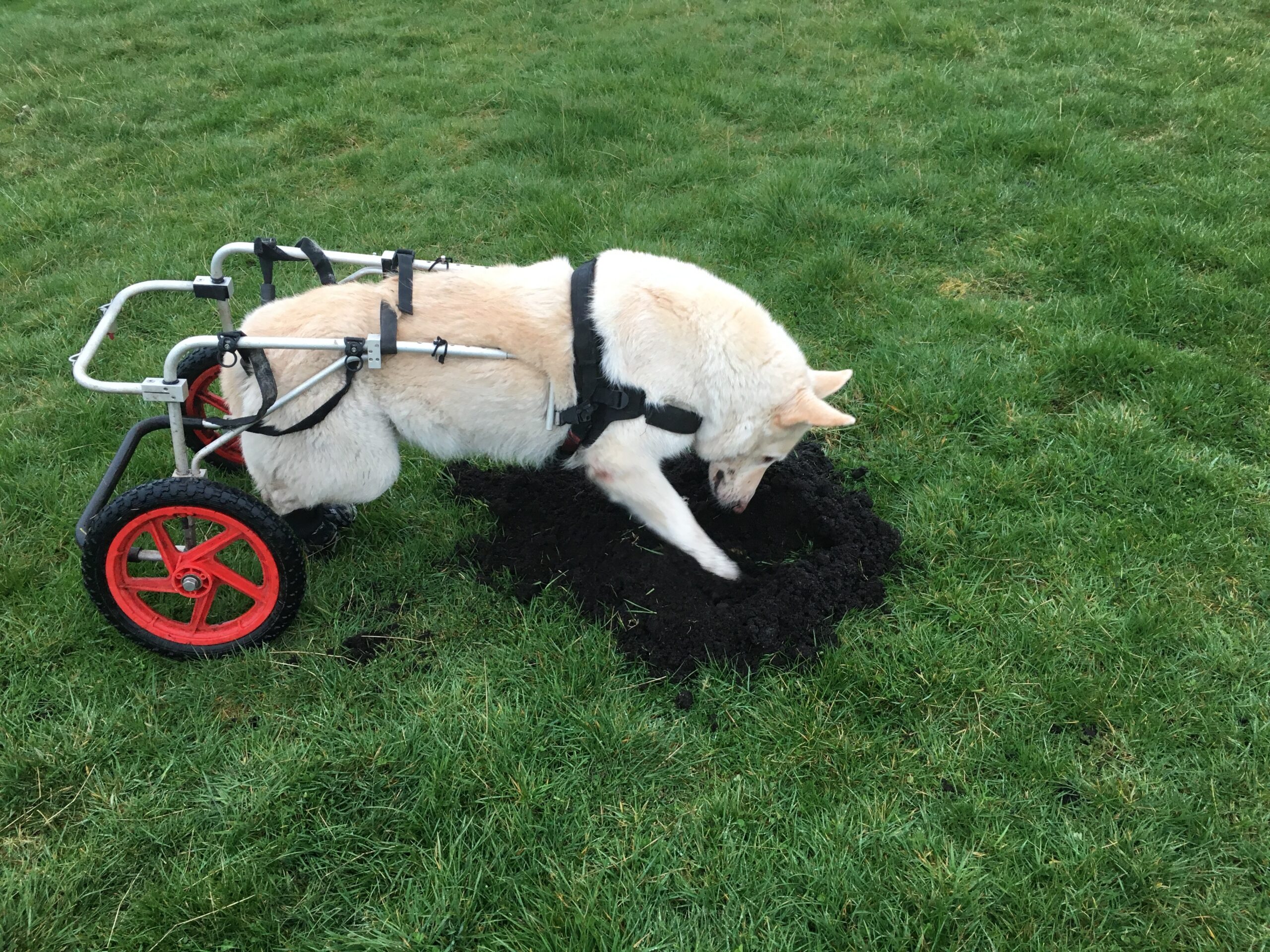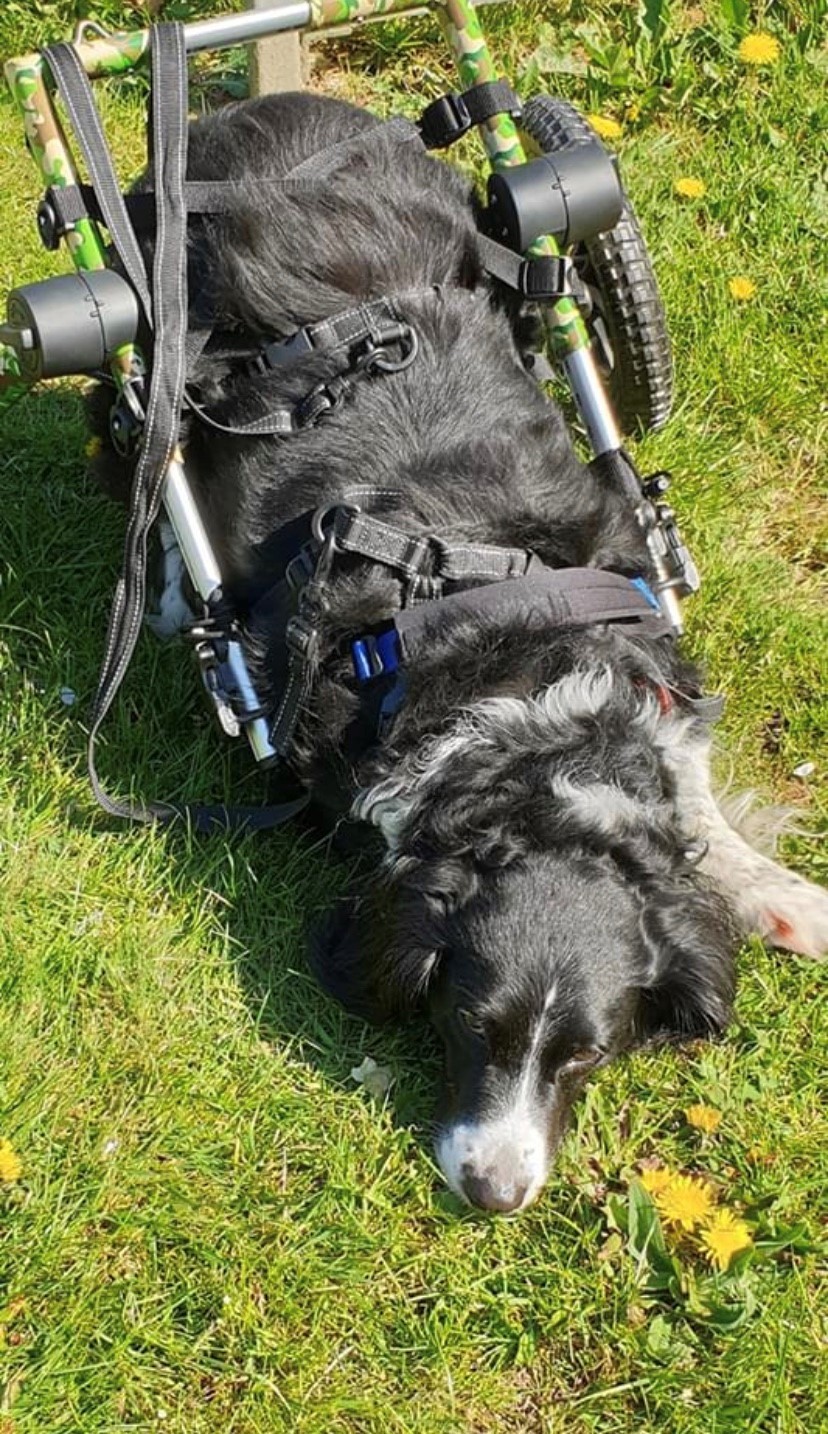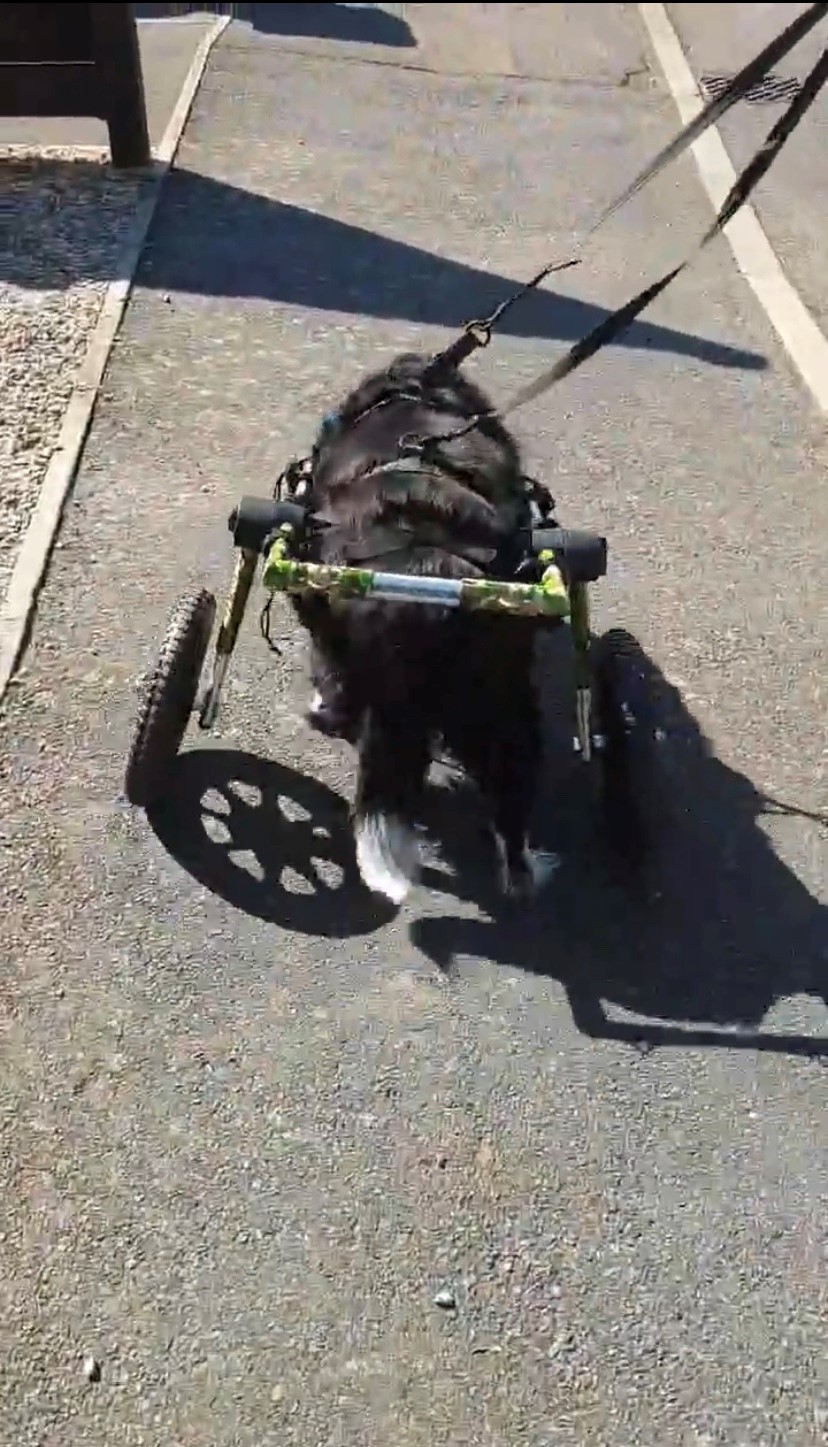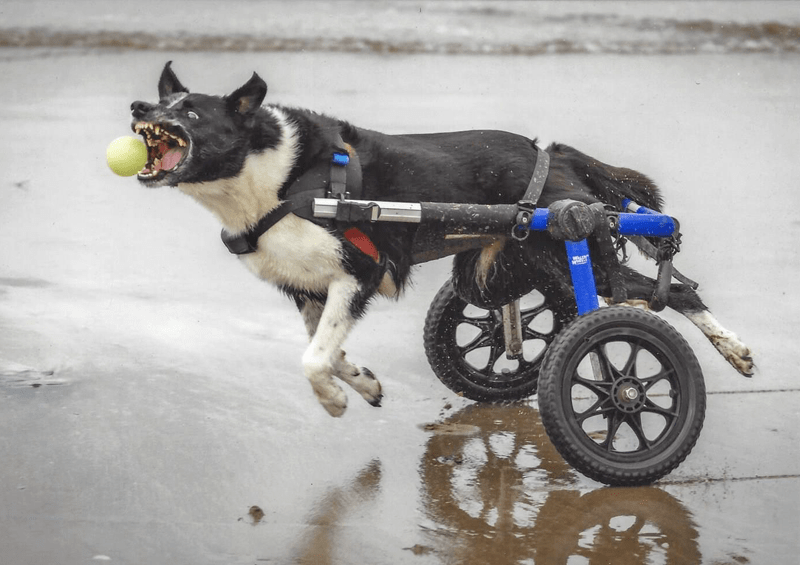
Josie
The Inspiring Bond Between a Man and His Wheelchair Dog
Meet John and his beloved dog, Josie. John and Josie have always had a strong bond, but their journey together took an unexpected turn when Josie suffered a spinal injury. Despite the challenges they faced, John knew he had to do everything in his power to help Josie recover and lead a happy life. With the help of a Walkin’ Wheels wheelchair, Josie is now able to move around freely and enjoy her daily activities with John by her side. In this interview, John shares his inspiring story of how he and Josie have adapted to life after the injury and the challenges they faced. Join us as we explore the unique journey of John and Josie and discover how their unbreakable bond has helped them overcome even the toughest obstacles.
Listen to the full interview here, or read the transcript below.
Neil: Firstly, thanks very much for taking the time to have a chat with me today. Just to kick off, just tell us a little bit about Josie and how she was before she had an issue with her mobility.
John: Before her accident? Yes, she was a normal collie, border collie, enjoying life, a lot of exercise. The only thing I noticed in her early days, unlike my previous dogs, she didn’t like to be rolled on her back. If I was looking through her fur for ticks or trying to take brambles from her, or burrs, she never was too keen on going over on her back, but I thought that was just her demeanour. I hadn’t had a collie bitch before – previous dogs had been male.
Neil: And she was quite active?
John: Very active, yes. Very active, not demanding. But she was up for anything. I’ve got photographs of her halfway up Beech trees and on limbs and things like that. She would do absolutely anything. She enjoyed life.
The Accident
Neil: Tell us a little bit about what happened to her.
John: It was just a normal day along a sandy beach where there was a lot of beach grass and normally she had developed a game of her own when she was a puppy. She would leave the ball on the sand and then run away and hide and I was supposed to throw the ball to her. Or if I couldn’t see her, I had to wait until she poked her head up so I saw the ears and then I threw the ball into the grass beside her. It was something that she developed herself. We’d done this through the eight years of her life in the same area dozens of times. Then on this one occasion, I could hear her squealing and she came out of the grass pulling her hind legs behind her. At which point I ran up, thinking she may bite through distress, and I gathered her up and the squealing stopped, and she just leaned against me. So from that point I phoned the vet, gathered her up and carried her to the car took her into the vet to get a diagnosis.
Neil: And what was the diagnosis?
John: [Sighs] There was a little bit of uncertainty. It looked like it was a type of paralysis of the hind legs, but they needed to know whether it was permanent or a temporary issue. So we made arrangements with a clinic in Stirling the following day and she had an MRI and the MRI proved what an X-ray couldn’t prove. It proved that the cord was actually severed, and this had been the result of a disc in her back exploding. I think it’s a type of extrusion and there was an offer to put her down at that point in time. I couldn’t bear to do that, and the dog was looking at me. We have a good bond, and she was in distress and looking at me as if, you know, what can we do about this or get me out of here? So we brought her home and I sought advice from the vet. Two numbers were given to me through my friend, Lorna, and one of them was your own, and that was how we met up and how Josie ultimately ended up in a wheelchair and basically saved her life.
Discovering the dog wheelchair
Neil: So that was the first that you were aware of wheelchairs, was it, or did you know about them already?
John: I’d actually a few weeks before that, I’d seen a spaniel on some type of contraption. I was passing on a tractor and trailer. I couldn’t really stop, but the dog was running around a garden on wheels, but I didn’t know of any manufacturer at that point in time, but I had seen that one in that one incident, maybe about five weeks before Josie had her accident. But it wasn’t a Walkin’ Wheels creation which is well thought out. It looked like a homemade thing, but that was the first time I’d seen a dog with a state of hind leg paralysis on wheels.
Neil: And how has she adapted to the wheelchair?
John: Brilliantly. It’s taken a long time. She’s had to build up her body strength; her hindquarters have muscularly wasted down. There is still movement in the legs. There’s still something happens with the legs, but she can’t support her own weight, and she can’t walk. So in the last six or seven months with all the exercise she’s been getting, she’s built her body up and she can cope better with most slopes. She doesn’t even think about the slopes now. It used to be right at the start, she’d stand and think, I can’t get up there. She would look at me, so I’d push along at the back and help her like a small child on a bicycle for the first time. So this went on and just recently I noticed when she was walking up a ramp from the shore, the ramp was no problem at all. She just kept on going, almost in clockwork fashion. She’s now very strong and she understands the width of the machine when she’s approaching things. It’s almost like she’s watching in her rear-view mirrors to make sure she’s getting round corners.
Neil: Yes, I guess that kind of change in muscle and the location of the muscle is to be expected.
John: Yes, she’s definitely bulked up. Her legs are sturdier. Her chest muscles and shoulder muscles are obviously in good tone just now.
Neil: It sounds like there are few hurdles that she can’t overcome.
John: There are a few. Her life has changed as mine has, but we’ve both adapted to it. One of my major pluses was there was a set of steps that she couldn’t master. They were shallow steps, and she can certainly now come down them, but just recently, on a set of country park steps, we went up the steps, and there’s about 16 of them and I think that the height increment will be somewhere about 12 to 15 feet on a gradual slope.
Neil: Wow, that’s incredible!
John: And she has mastered the art of pulling herself up these steps, but in dry weather. If it’s wet, I take her a different route.
Neil: She sounds very determined.
John: [Laughs] Oh, yes, she’s got tonnes of spirit. Everything is a challenge. She’ll run into the sea after a ball and one occasion, there was a seagull close to the shore, and she waded in to go and see the seagull. Not with any murderous intent, she was just curious about the bird being so close, so she walked into the sea, and she was right up to the top of her wheels, so it hasn’t dissuaded her. It’s just [chuckles], as you know, we’re going through wheel bearings.
Josie in action
Music: Hip-Hop Energetic Vlog Background Music by Music Unlimited
Adapting to life with a disabled dog
Neil: Have you made any other changes at home just to try and accommodate her with her disability?
John: I live in a cottage which has limited space, so it’s difficult to use the wheels in the house without assisting her. So basically she gets taken around the house, I either lift her and carry her or I support her hind legs in the wheelbarrow fashion that you told me about and take her out to her wheels or take her to a different location where she can lie in the sun. She’s quite keen nowadays to just pull herself out the door onto the gravel and lie on the gravel. A while ago, she wasn’t keen on doing that, but it’s all evolved gradually and she’s gained more courage, more experience and the determination is there just to take on new things. We’ve even got our own routine for getting into the car where she recognises particular keywords and I just support her and I’ll say, “ready?”, then she’ll climb up with her front legs, she’ll climb up into the front seat and I place her back legs in a seated position, and that’s it. And on the way out she’ll sit upright and as I put my left hand under her forelegs, she throws her back-end round, almost like throwing a ball into my other hand. So she helps me. It’s very much a team effort.
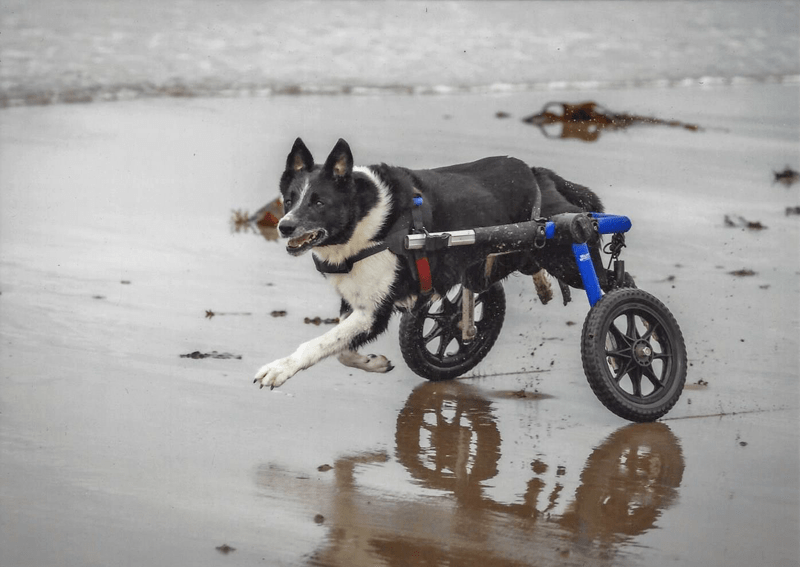
Neil: So you’ve got a couple of specific manoeuvres, and she knows which one to use in which situation?
John: Yes, yes. We’ve worked away at it, and yes, there’s always problems at the start and then you maybe find there’s an easier way or perhaps a way that’s more suitable for her. Something evolves out of the situation, and you just build on that and so far so good. And every day she brings something new into the equation, she pulls something out the hat that I’m not expecting and there’s a lot of laughter. I think she realises she’s doing something really well.
Neil: Yes, I think she does. I sense that she gets a lot of encouragement and a lot of feedback also. I mean just the kind of positiveness of it all.
John: Yes, yes. I think the bond that we had is now even stronger. I know she relies on me, but I also rely on her to try and, you know, let me know what is wrong or what we can do better.
Neil: Yes, absolutely and do you know anyone else who uses a dog wheelchair? Or is it just yourself?
John: It’s just myself. I haven’t met the people who have the spaniel. They know of my dog being in a wheelchair. I know of theirs and as the crow flies, we probably only stay about four miles apart. I’ve never met them [chuckles]. Maybe one day. One of the main advantages for myself and for Josie is the fact that I’m now retired so I can give her that little bit more time or she can be in my life while I’m doing something. If I was working or away from home or something like that, it would be very much more difficult and she’s not the kind of dog to leave on the shelf until you’re ready. She’s the kind of dog that joins you, and you include her in everything.
Neil: Yes, yes, I think probably quite a lot of dogs fit into that kind of bracket, if truth be told. So what advice would you give to someone else who had a similar situation to that, or who perhaps was considering adopting a dog that had mobility problems?
John: I don’t know, it depends on how strongly you feel about it. I went into it, not blindly, but thinking about the dog first. I’m just thinking, right, I’ve got to get this dog home. I’ve got to find a way, and that happened. If somebody was going to do it, there’s a lot to think about. All the coins have got to drop into the right slots to win the jackpot with this and you need friends around you to help and people who supply things that can offer you advice. The vets were amazing. A lot of people have said what a lovely idea – it’s nice to see the dog on wheels. I expected a little bit of resistance to it, but I was ready for that because no one would put down a human being because they can’t use their legs anymore. Human beings get wheelchairs, human beings get assistance, they get various helplines and places to go to get better information and have a better quality of life. A dog deserves a better quality of life too. They’re not just a furry thing in a corner, they have intelligence, and they have total loyalty and dependence on you.
Learning from experience
Neil: Is there anything else you’d like to share? Any other thoughts that you’ve got about your experience?
John: I’m so glad that I did it. I’m so glad that I had this particular dog and the help of my friends round about me. I’m so glad I did it because she still has a very active life. Had she been in pain, had she been in misery, it wouldn’t have happened. The dog has to come first. One of the daily routines is she needs to have her bladder expressed fairly regularly. The vets trained me on that one and it’s now something we just do. Hygiene is an aspect that comes into the equation but isn’t insurmountable. So if you’re thinking about doing that, think about what the dog wants. Make sure you can come up with the goods.
Neil: Yes, I think that’s very fair. It’s easy to think about it as your problem, as it were, from your point of view and not quite so easy to think about it from the dog’s point of view and I think you’ve put that very well.
John: Thank you. She rewards me in a lot of aspects and there is joy in my heart when something new happens to her advantage and you can see the fun in her eyes, you can see that she has overcome something, and she’s pleased with herself. And as I say, the bond that we had was a strong one, but it seems to be even more so now. To say it’s a bit of a double act is a bit over the top [chuckling], but we do seem to gel together well. And it seems to work out. Yes, we get it wrong from time to time, that happens, but she can’t help herself. She’s trying her best, so you just have to make sure that she has a good life.
Neil: I think it is, and certainly from our experience as well, it’s a journey. You learn stuff as you go along.
John: Oh, yes.
Neil: And you react to things as you go along. It’s very, very difficult to kind of plan all of these things in advance because you really don’t know what you’re going to encounter. And I mean. in Josie’s case, you know, she obviously trusts you and I think that’s helped a tremendous amount because she’s prepared or she was prepared, in the beginning, to try out the wheels. And although most dogs do adapt, I’m sure I remember having this conversation with you right at the very beginning, most dogs will adapt and do adapt, and they’re happy to do it, but obviously, not all dogs are. For some, it’s not as successful, but I mean from my point of view personally, it’s been a pleasure to follow your journey and to be a part of it because I like to hear about these successes and to feel like we’ve at least played a small part in it.
John: Well, it’s a very large part as far as I’m concerned, because without your help and advice and being able to turn to you at any time and ask questions and try and get it right at this end, it’s an amazing help, but this is not one person that’s done something. This is a group of people and a dog that is wanting to try, wanting to have a life and hasn’t gone back the way – she accepts, I think, her predicament and she doesn’t dwell on it. We’ve even been back, in fact, we were there this morning, we’ve been back past the very place where the accident happened, and she has a sniff around the grass and that’s all. There’s no sort of whining or regret or anything like that, she just has accepted that this is her life and where’s my ball? Let’s get on with this.
Neil: [Laughing] Excellent, excellent. Well, John, it’s been great to talk to you and thank you very much indeed for your time and for sharing your story.
John: You’re welcome. I hope it’s been of help.
Neil: Perfect.


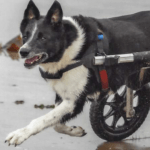

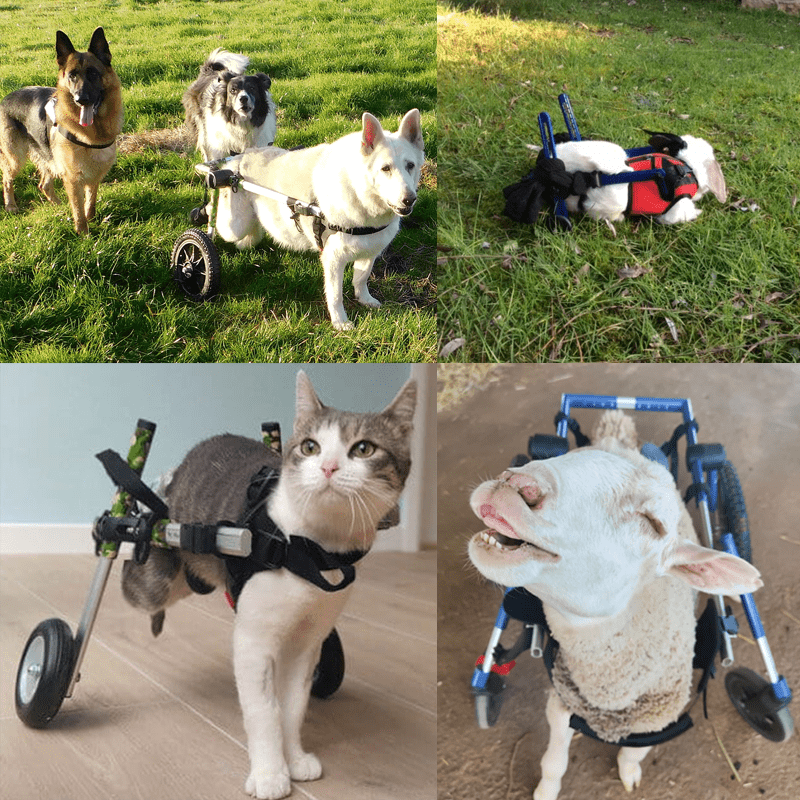
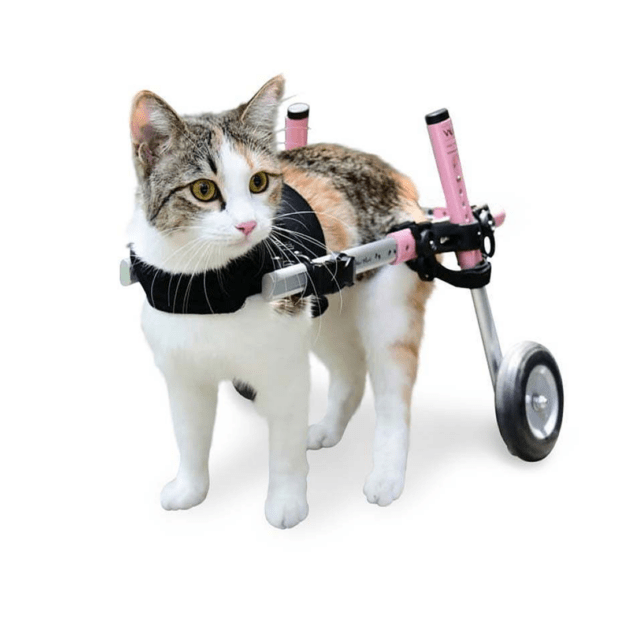
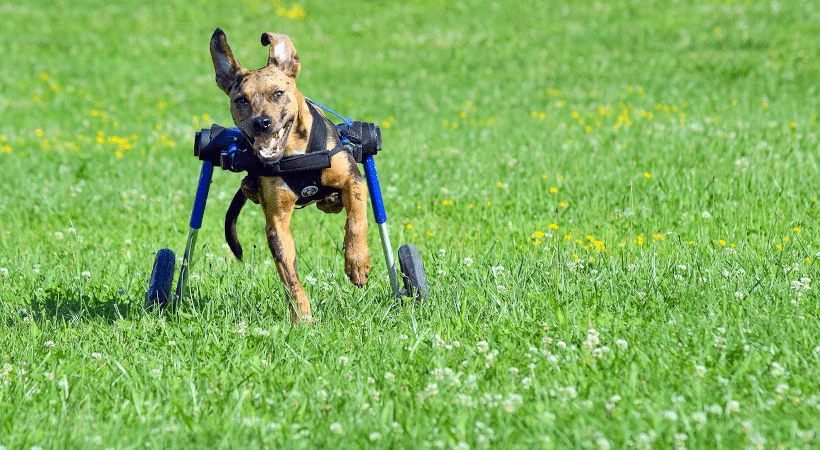
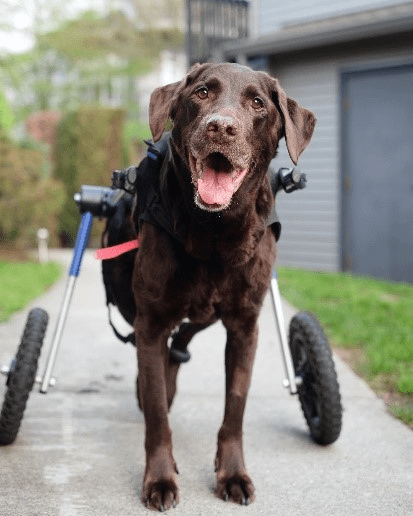 help your senior or disabled pet get back on their feet. So, your pet can exercise and get back to what’s important, enjoying their family.
help your senior or disabled pet get back on their feet. So, your pet can exercise and get back to what’s important, enjoying their family.